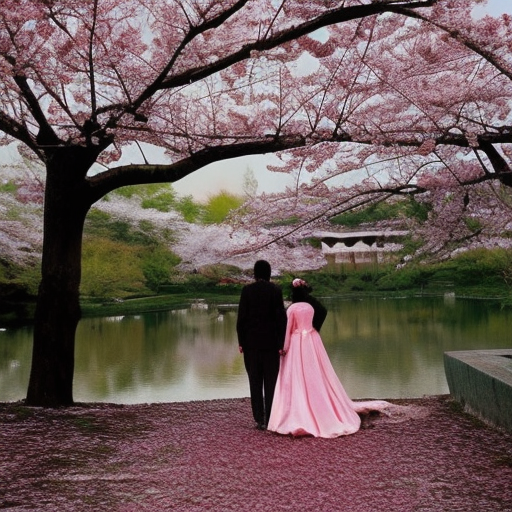Summary of “Late Spring” by Yasujirō Ozu
One-line summary:
“Late Spring” is a poignant Japanese drama directed by Yasujirō Ozu, exploring the complexities of familial relationships and societal expectations in post-World War II Japan.
Main cast and crew:
- Director: Yasujirō Ozu
- Writer: Kogo Noda, Yasujirō Ozu
- Key actors: Setsuko Hara as Noriko Somiya, Chishū Ryū as Shukichi Somiya, Haruko Sugimura as Masa Taguchi
- Music director: Senji Itō
- Director of photography: Yūharu Atsuta
- Producers: Takeshi Yamamoto, Masahiro Makino
Plot:
“Late Spring” follows the story of Noriko Somiya, a young woman living with her widowed father, Shukichi. Noriko’s friends and family are concerned about her unmarried status and constantly pressure her to find a suitable husband. However, Noriko is content with her life and enjoys taking care of her father.
Shukichi, feeling guilty for holding Noriko back, decides to remarry in the hopes that Noriko will then feel compelled to find a husband of her own. He enlists the help of his sister, Masa, to find a suitable bride. Masa suggests a potential match, but Noriko is hesitant and expresses her desire to remain single.
As the film progresses, Noriko’s resistance to marriage weakens, and she begins to consider her father’s wishes. However, when she discovers that Shukichi’s potential bride is Masa herself, Noriko is devastated. She realizes that her father’s plan was not for her benefit but to ensure his own security and happiness.
In the end, Noriko selflessly sacrifices her own desires and agrees to marry, not out of love or personal fulfillment, but to bring happiness to her father. The film concludes with a bittersweet scene of Noriko and her father sitting together, silently acknowledging the sacrifices they have made for each other.
Themes and motifs:
“Late Spring” explores several central themes, including the tension between tradition and modernity, the role of women in post-war Japan, and the sacrifices made for familial duty. Ozu’s signature style of static camera shots and low-angle compositions emphasizes the stillness and contemplative nature of the characters’ lives.
The motif of cherry blossoms, a symbol of transience and beauty, is used throughout the film to represent the fleeting nature of happiness and the inevitability of change. The contrast between the vibrant cherry blossoms and the characters’ subdued emotions underscores the underlying melancholy of the story.
Reception and legacy:
Upon its release in 1949, “Late Spring” received critical acclaim for its sensitive portrayal of family dynamics and its exploration of societal expectations. The film’s success solidified Yasujirō Ozu’s reputation as one of Japan’s greatest directors.
“Late Spring” has since become a classic of Japanese cinema and has influenced numerous filmmakers worldwide. Its themes of sacrifice, duty, and the complexities of human relationships continue to resonate with audiences today.
Recommendation:
“Late Spring” is a beautifully crafted film that delves into the intricacies of family relationships and societal pressures. Ozu’s masterful direction and the exceptional performances by Setsuko Hara and Chishū Ryū make it a must-watch for fans of Japanese cinema and those interested in exploring the human condition.
Memorable quote:
“Isn’t life disappointing?” – Noriko Somiya












